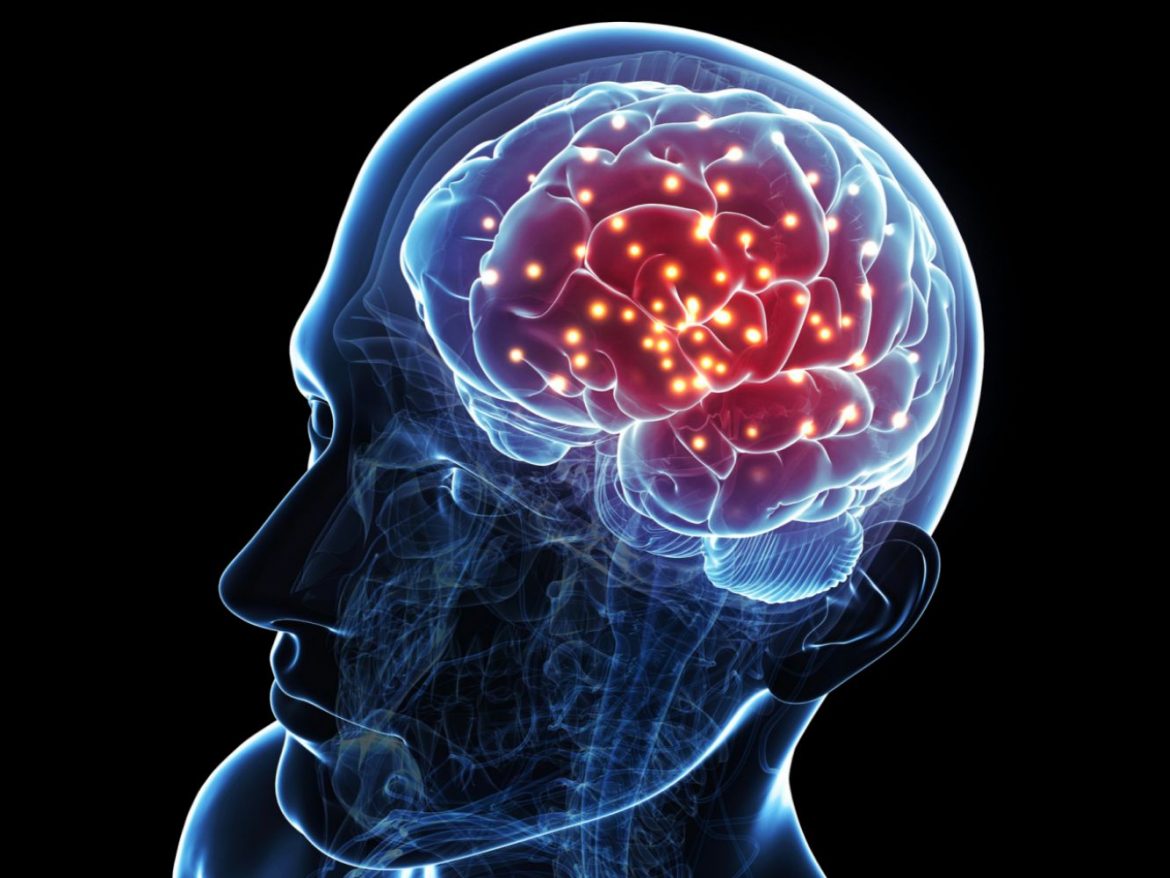Researchers from the Universities of Birmingham and Oxford have discovered a specific area of the brain that plays a role in making an attempt to help others. The study, which was published in the journal Current Biology, demonstrates that the effortful, altruistic behavior—the decisions individuals make to benefit others—occurs in a different portion of the brain than the decisions one makes to benefit oneself physically.
It could be possible for clinicians to create methods for treating psychopathic behaviours if they have a better understanding of what exactly occurs in the brain when these decisions are made.
Additionally, it could help to better understand why individuals are willing to engage in common, labor-intensive acts of kindness like volunteering, recycling rubbish to reduce global warming, or stopping to assist strangers. The detected region lies in the front of the brain and is known as the anterior cingulate cortex gyrus (ACCg). Although it is well recognised to influence social behaviour, it has not yet been connected to making an attempt to assist others. Interestingly, the researchers discovered that when people choose self-serving actions, the ACCg is not active.
We frequently have to determine if we can be bothered to make an attempt to assist others out, from holding wide a door to volunteering for a charity, but the brain mechanisms underlying these acts have remained mysterious, according to Dr. Patricia Lockwood, the paper’s lead author. We have come a step closer to understanding what motivates some people, but not others, to conduct actions that are frequently physically taxing in order to help others — even when doing so doesn’t immediately benefit them.
38 people between the ages of 18 and 35 participated in the study. Each participant was required to participate in a difficult decision-making exercise and complete a questionnaire to rate their level of empathy.
While having a functional MRI scan, the subjects made decisions. This highlights several brain regions that are active when people choose to “work” or “rest” to assist themselves or another person.
They had to squeeze a gadget that assessed their grip strength if they selected the job option. They had to keep doing this for long enough to cross a threshold that was displayed on the screen in real time.
They were informed whether they would be working for themselves or for another person for each choice. They had to exert enough pressure to cross the finish line and receive the reward, which was a variety of points that could be exchanged for cash, either for themselves or for the other nameless person they were playing for.
The researchers were able to find patterns in the brain that indicated how much effort people were willing to put in by using a novel statistical approach to analyse the data.
They discovered that the ACCg was the only part of the brain to exhibit the effort pattern when people made these choices to assist others, but it did not respond in any way when people chose to exert effort in order to reward themselves. It’s interesting to note that individuals who reported having a high level of empathy also had the highest effort patterns in ACCg. The researchers discovered that those who shown greater effort in the ACCg also contributed greater grip strength.
The study team’s next step will be to look at what happens to persons who exhibit effortful helpful behaviour after experiencing lesions in that region of the brain as a result of a stroke or another type of brain injury.
Also Read: Researchers develop novel posterior uveitis eye disease diagnostic technique
Additionally, they will study how antisocial behaviour affects a person’s ability to put forth effort in activities and their propensity to assist others.
Follow Medically Speaking on Twitter Instagram Facebook





